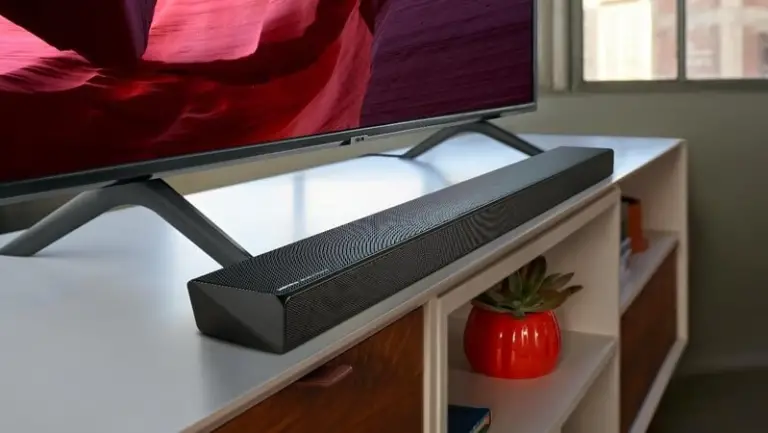Every instrument has a specific frequency range that differs from others. Knowing the frequency is important when it comes to connecting instruments to woofers and speakers. And so, if you’re wondering what Hz is best for bass, here is the answer.
Additionally, you’ll get to know a few other related things about the bass instrument. So, without any further delay, let’s begin by telling you what frequency range makes bass audible.
What Hz Is Best For Bass?
Wondering What Hz Is Best For Bass? Do you know what frequency range is audible to humans? Well, it is from 20Hz to 16kHz. Now, as mentioned above, every instrument has its own frequency range. Bass is one instrument with a frequency range on the lower side.
By referring to the frequency range, it’s important to mention that we’re talking about bass’s pure note range. So, if you were thinking whether we’re talking about the upper harmonics, the answer is no. That’s because only the pure range is the ultimate one.
As most of us know, bass can be of different strings, such as 4 strings, 5 strings, 6 strings, etc. Depending upon the number of strings, the frequency range will hugely vary. Below is the usual frequency range of different kinds of bass guitars.
Also read: How To Connect a Speaker to Xbox One
Frequency Range of 4-String Bass Guitars
4-string bass guitars have a fundamental frequency range from 40Hz to 400Hz. It means that the low open E of a 4-string guitar is 41Hz. A 4-string bass guitar’s common high D# is 311Hz.
In this context, it’s important to explain what these terms mean. The D# note is actually played by the G-string’s 20 frets. If you’re familiar with a bass guitar, you’ll know that there are 24 frets total.
The high G of a 4-string bass guitar has a frequency of 392Hz. The G string’s 24 frets play the G note. So, this is how the frequency range varies depending on the notes of a 4-string bass guitar.
Frequency Range of 5-String Bass Guitars
What Hz Is Best For Bass? Bass guitars with more strings usually have a larger fundamental frequency range. The fundamental range of 5-string basses with B-strings is about 31Hz.
Frequency Range of 6-String Bass Guitars
6-string bass guitars also have a fundamental frequency range of 31Hz just like the 5-string ones. Also, the ones with high C-string can be played up to 5 more notes. The 24th fret of the C note generates a 523Hz fundamental range.
Bass Overtone Range
Now that you know the fundamental range of bass guitars, it’s time to know the overtone range. So, the overtone range of bass guitars varies from 4kHz or 4000Hz to 5kHz or 5000Hz. That’s the ultimate frequency range of usual bass guitars.
Now, let’s make a table so that you can remember the range quickly. It’ll also help you to come back any time and have a quick glance if you forget. Read carefully to know What Hz Is Best For Bass.
| Bass | Fundamental Range | Overtone Range |
| 4-string Bass Guitars | 41Hz-392Hz | 4kHz-5kHz (4000Hz to 5000Hz) |
| 5-string Bass Guitars | 31Hz-392Hz | |
| 6-string Bass Guitars | 31Hz-523Hz |
Another easy way to remember the frequency is by memorizing the basics, which are 40Hz-400Hz-4000Hz. The fundamental range is 40Hz-400Hz, whereas the harmonics can be up to 4000Hz or more.
Why Knowing Bass Frequency Is Important?
Well, knowing bass frequency is really important when it comes to connecting your bass to woofers. That’s because starting from your guitar manuals to the effects pedals, amps, and recording instruments, ask for this number.
Hence, it’s essential that you already know the number and do the settings based on it.
Give this video a watch: (What Hz Is Best For Bass?)
The Interloping Instruments
Well, it’s evident from the above discussion that a bass guitar has a lower frequency than most instruments. Some examples include vocals, acoustic guitars, pianos, kick drums, etc.
For this reason, you must wonder if these instruments always overlap your bass guitar. Well, in reality, they can sometimes overlap, but it’s not always the case.
Bass guitars have a fundamental range of up to 400Hz, but it can also be lower than that. And the problem is that most of the overlapping instruments don’t lower the frequency to the bass’s level. But, they can be lower at times of specific compositions.
For a bassist, it’s really important to mindfully listen to the accompanying instruments and play them accordingly. And the challenge is higher when you’re playing in a large space. The music won’t be terrific if you go higher in frequency than the rest of the instruments.
Interestingly, the overtone of the bass comes in the fundamental range of all the above instruments. Hence, you’ll be audible but need to find the music’s best tone. Choosing the wrong bass tone is something that you need to totally avoid.
Here’s an example of how to play together with other instruments.
Kick Drum: (What Hz Is Best For Bass)
If you’re playing your bass with a kick drum, the chances of difficulty are less. That’s because kick drums have a fundamental frequency range of 50-100Hz, which is quite similar to bass guitars. So, the tune of your bass won’t have to fight with that of a kick drum.
In case you don’t know, a kick drum refers to one that has a large size and features a foot pedal. The kick drum is also known as the bass drum, as its frequency range is much on the lower side. Most bands write their logo in front of their kick drum.
A great example of how to play bass with kick drum is The Meters’s, Jungle Man. George Porter, Jr. and Ziggy Modeliste are legends you must listen to. And especially, focusing on the beginning will introduce the kick drum first and then the bass as it enters. This groove sums up the relationship between kick drum and bass.
Conclusion: What Hz Is Best For Bass?

This post was about What Hz Is Best For Bass. So, that’s all about the bass drum and its frequency range. Just like the above example of how to play bass with a kick drum, there are other examples too.
All you need to do is listen to these combinations and prepare your ear to tune your bass with all of them.
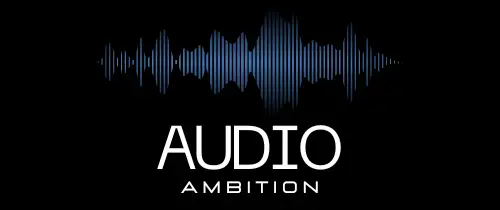
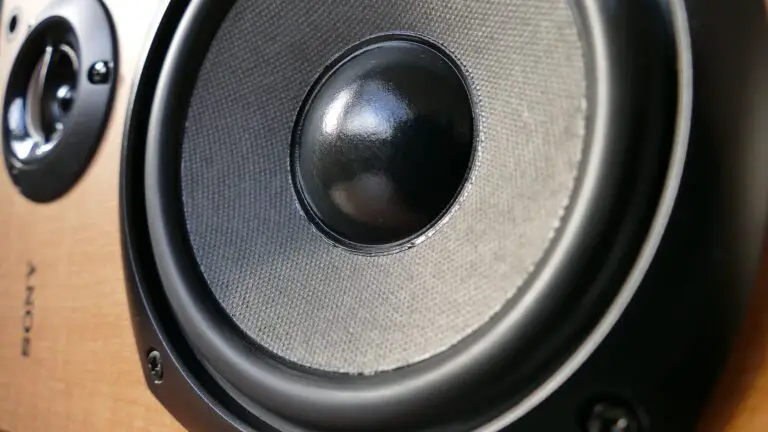
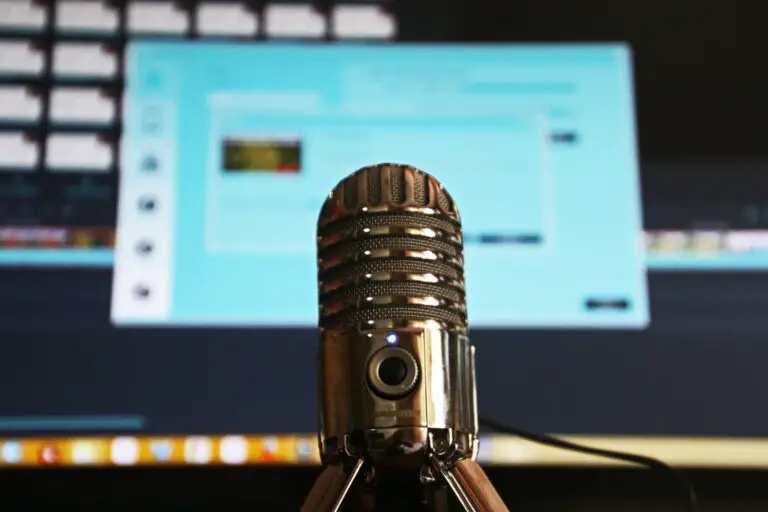
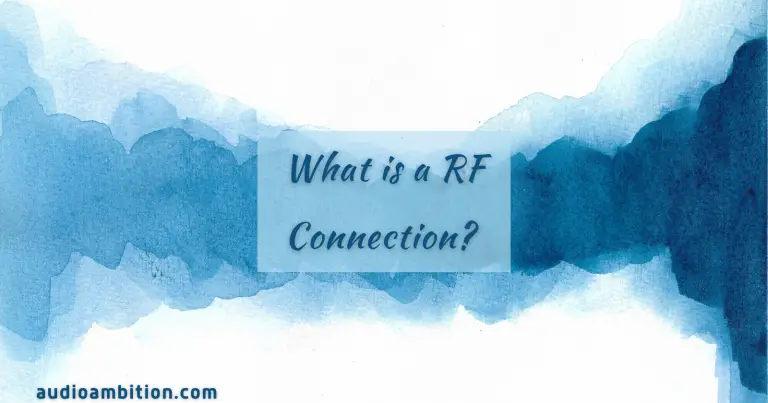
![What Hz Is Best For Bass - how loud is 50 watts How Loud Is A 50 Watt Speaker? [Explained]](https://audioambition.com/wp-content/uploads/2020/09/how-loud-is-50-watts-768x403.jpg)

